The Bichir is a fantastic and rare freshwater fish that will add a Jurassic look to your aquarium.
These little dragon-looking fish are one of our favourites thanks to their quirky personalities and unique look.
If you want to own one of these ancient-looking fish, you’ll need to know how to keep it healthy and happy. This is where the knowledge in this guide comes into play.
In the sections below, you’ll find everything you need to know about caring for your new Bichir or whether it’s a good fit for your aquarium.
Table of Contents
Origins / History: Bichir
The Bichir is a fascinating fish that has been around for millions of years. It was first discovered in the 1800s, and it’s believed to have originated from Africa in the region of the Nile.
Bichir’s are mainly freshwater fish but they can also tolerate saltwater or brackish water.
Bichirs prefer shallow, swampy waters and can be found in mixtures of freshwater and salt water. Their build makes them suitable for this kind of habitat, but as a result they have remained unchanged for such a long period of time.
As the Bichir’s often live in murky waters, they never developed good vision. As such , they’ve developed a keen sense of smell to compensate. This is how Bichir’s locate their food in murky waters and feed on insects, worms, crustaceans and small fish.
Contrary to popular belief, not all Bichir’s are carnivores- some will eat plants and algae as well.
Fluvico
Lifespan, Behaviour & Types of Bichir
The lifespan of the Dinosaur Bichir can be as high as 15-20 years, with males living for a slightly shorter period of time than females. These fish are generally shy and avoid contact with other fish.
But, the Bichir can vary depending on the water conditions. In general they have a lifespan of up to 20 years in an aquarium, but wild specimens that live in freshwater and muddy waters as opposed to clear or saltwater are observed living for 40-60 years.
Ornate Bichir can have a lifespan of up to 12 years, with males living for a slightly shorter period of time than females.
The Bichir’s mouth is on its underside so it goes upside down often during feeding times which make them particularly vulnerable creatures because other species will then prey on them.
In an aquarium, Bichir will usually find a hiding place in rocks or plants to avoid being eaten by other fish as they hide upside down with their mouths open waiting for food. They sometimes use their sharp teeth to catch prey like worms, crustaceans and small fish.
The most common Bichir Behaviour is that they lay on the bottom of their tank in a huddled ball. The second most common behavious is that they will lie on top of the water and sulk.
The Bichir is a fish that needs to be fed less than other species in an aquarium setting because it does not require as much food as larger predatory fishes do. However, most people feed them twice per day which means feeding them once every two days instead would be ideal.
The Dinosaur Bichir
The Dinosaur Bichir is the only Bichir species that is able to survive in freshwater. The other types of Bichirs usually live their entire lives in salt water (these are called marine bichirs).
You can recognise the Dinosaur Bichir by its long, sharp fins and its pointed nose. They come in a variety of colours, such as green or brown.
Albino Bichir
The Albino Bichir has a distinctive pink hue and is a lot more vulnerable to predators because the colouration makes it easy for other species to spot them.
The Albino Bichir has also been known to have additional mutations that make it difficult for their bodies to function properly in salt water, as they are not able to process ions or maintain osmotic balance.
Saddled Bichir
The Saddled Bichir has a pointed nose and its eyes are set far apart.
It’s scales have a pattern of dots that look like saddlebags, hence the name.
Saddled Bichirs get their common name from the saddles they grow on their skin when they reach maturity. These adults can be up to ten inches in length making them one of the largest Bichirs.
The Saddled Bichir is also known for being one of the most aggressive species in the family, and they have been seen harassing other animals like catfish to steal their food at times.
Delhezi Bichir
The Delhezi Bichir is a feisty little fish that is often mistaken for the common Bichir.
Their scales are brown and it has a pronounced tail fin to help them swim efficiently in water.
The Delhezi Bichir gets its name from the Zulu word “delhisi” which means “to dig.” This type of Bichir digs for food and will often use its tail fin to turn over the sand.
Delhezi Bichirs are found in Africa, but they also live in fresh water streams that flow into rivers like Lake Malaŵi.
The Delhezi Bichir is the smallest type of Bichir and they are not typically found in aquariums as pets.
Ornate Bichir
Finally, the Ornate Bichir is a gorgeous Bichir that is often found in the wild.
Their scales are black and white, but they do not have any spots like other types of Bichirs.
Ornate Bichirs grow to around six inches long and can be commonly seen on rocks or plants near water sources. The Ornate Bichir Prefers to feed on smaller fish, crustaceans and insects.
The Ornate Bichir is a carnivorous type of Bichirs, so it will eat anything that fits in its mouth which can include other types of water-dwelling animals like frogs or even small turtles!
This type of Bichir is often seen in the wild because they are not too picky about where they live. They can easily survive in a variety of different water sources and habitats, which is why Ornate Bichirs have been found all over the world!
Food & Diet
– Bichirs are carnivores, their diet consists of live fish and worms.
– They rarely accept dead food from the surface or in the water column.
– As a rule of thumb, feed them once every two days with small pieces of meat (about one centimeter) for adults, juveniles can be fed twice as often but make sure they get enough to eat.
If you have more than one bichir and want to keep them satisfied so that there is no fighting over food among themselves then it’s best if all bichirs alternate feeding periods together at about four hours each day during which either everyone feeds or nobody eats for this period.
Bichirs are carnivorous creatures, which means that they require a substantial supply of meat in their diets. In addition, bichirs dine at night; this is another factor that sets them apart from most popular freshwater fishes.
Tank Size / Parameters
Bichirs are quite large fish so you will need a tank that is appropriate for their size. I would recommend at least 100 gallons of water and ideally, the larger the better! Bichirs like to hide in plants or other dark places within tanks with low lighting so they prefer darker spaces. The depth of your bichir’s tank should be at least 24-36 inches.
In terms of water parameters, Bichirs prefer a pH of around neutral. They also need both soft and hard water so it is recommended that you have at least two filters in their tank to provide these different parameters.
- Water temperature: 74°F to 82°F (23 – 29 Celsius)
- pH levels: 6.2 to 7.8
- Water hardness: Soft
The Bichir is a fairly hardy fish so they don’t require much attention. They only need feeding once per day and should be given carnivorous foods like shrimp, crickets or blood worms. It’s best to feed them in the evenings as daytime feeding can often result in too many leftover food particles left uneaten which could cause water quality issues via algae growth!
Bichirs are known for being escape artists so it may be worth investing in an extra heavy duty tank cover that will help prevent escapes! You also want your bichir to have enough rocks or other decorations that allow him/her to easily hide from view.
Don’t forget about filtration either – these large fish produce loads of waste, so it’s crucial to have a good filtration system!
✓ Bichirs only need feeding once per day and should be given carnivorous foods like shrimp, crickets or blood worms.
✓ Bichirs are known for being escape artists so it may be worth investing in an extra heavy duty tank cover that will help prevent escapes! You also want your bichir to have enough rocks or other decorations that allow him/her to easily hide from view.
✓ Don’t forget about the filter – these large fish produce loads of waste, so it’s crucial to have a good filtration system!
Suitable Tank Mates For Bichir
So you’ve decided you’re going to get some Bichir, what you’ll want to know next is what are some suitable tank mates?
Some good tank mates for Bichir are:
– Texas Cichlid
– Red Tailed Shark
– Rainbow shark.
Note that the red tailed and rainbow sharks will need a large aquarium as they can grow up to be huge fish! You’ll also want to make sure you have an extra heavy duty cover on your tank in case your bichirs manages to escape.*
And if you’re concerned about compatibility, don’t worry – these fish tend to get along well with each other because of their similar temperaments. However, it’s worth keeping in mind that while some species may not bother them, others might see a potential meal when they look at one of these bottom dwelling fish!
Be careful about adding any invertebrates as well; they’re on the menu for Bichir.
“Bichirs are peaceful creatures by nature, but be aware that there may be issues with aggression when placing multiple males together.”
says John Harrison from The Tropical Fish Shop in London.
Breeding Bichir
Bichirs are one of the best beginner fish species. Bichir’s breeding is relatively easy, although getting their eggs to hatch can be frustrating even for seasoned breeders.
The key to successfully breeding these bottom-dwelling ‘living fossils’ is a healthy diet and plenty of hiding places in which they feel safe. There should also be enough plants throughout the tank that Bichirs can easily find cover so they don’t get eaten by other fish while trying to protect their eggs from predators.
Breeding bichirs requires at least two females and three males, since it takes a male and female pair to produce fertile offspring; ideally you want an odd number because there will always be some unfinished breeding cycles.
While it’s possible to raise bichirs from eggs, they are much easier to keep if you start with fry and grow them up before breeding them. This allows a breeder to get their feeding timing down pat so the fry can become bigger faster than those that were spawned naturally in an incubator or tank full of adult fish. As long as there is plenty for the young Bichir to eat, they will be strong enough not only to make it through hatching but also survive outside of their parents’ protection until they have developed some natural defences against predators themselves.


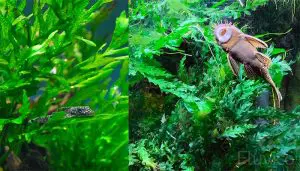


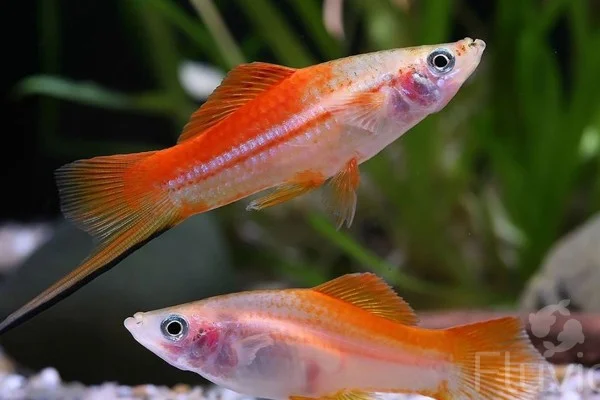
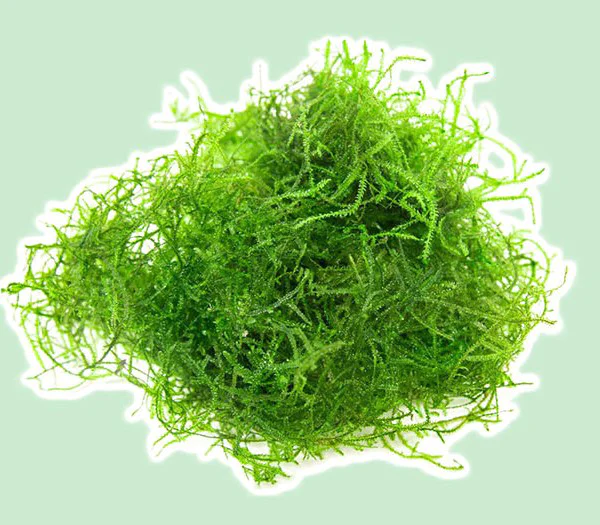
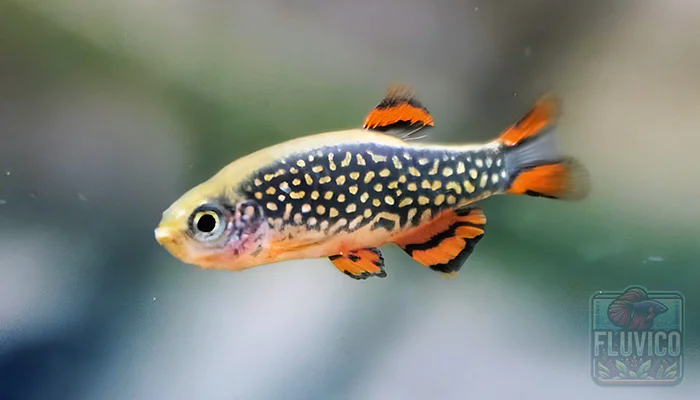


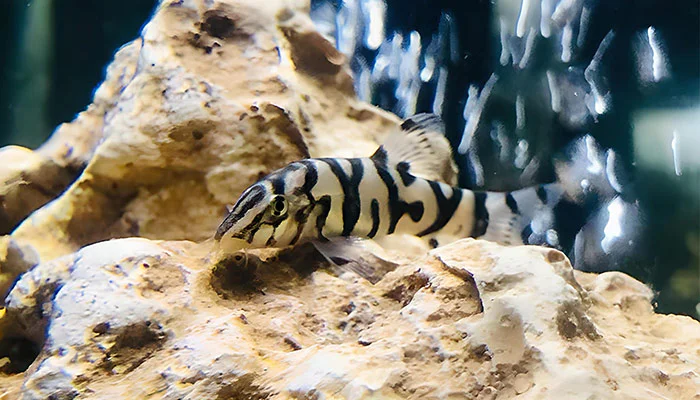
I hope you enjoyed this Bichir Fish Care Guide. If you have any questions at all, just leave a comment here and I’ll do my best to answer all your Bichir Questions!
If you own a Bichir fish, I’d love it if you could comment with a picture of yours and tell me what you like about owning a Bichir the most.
All the best,
Charlie